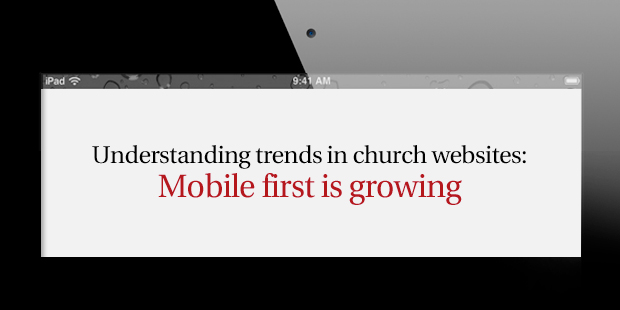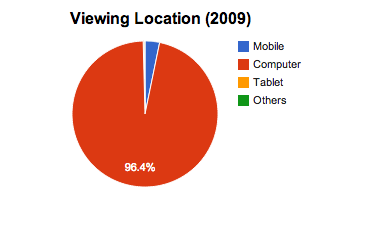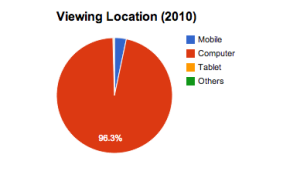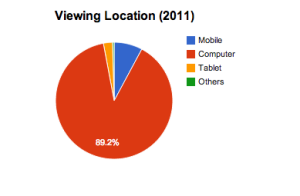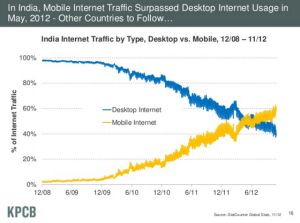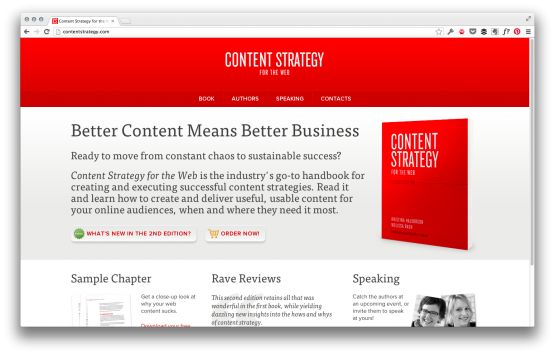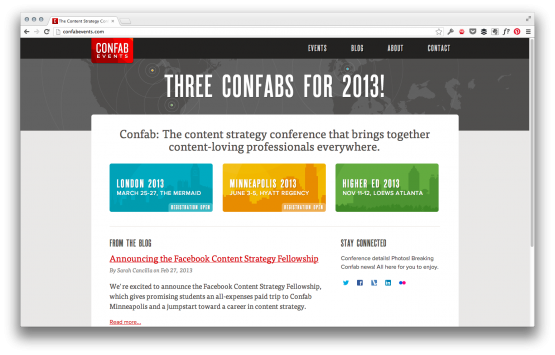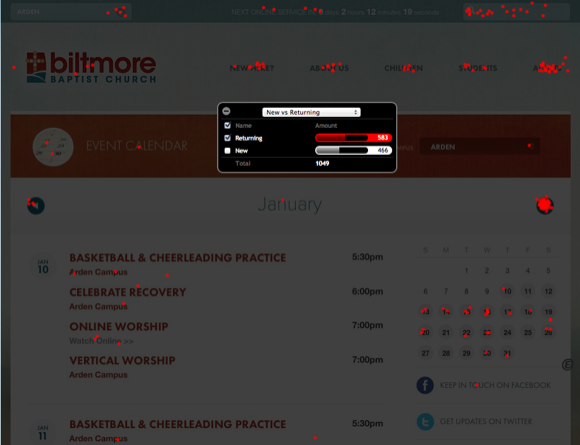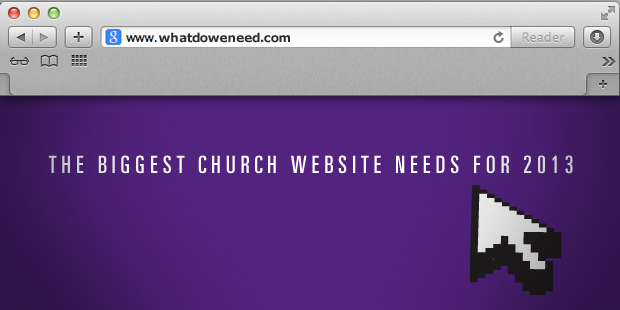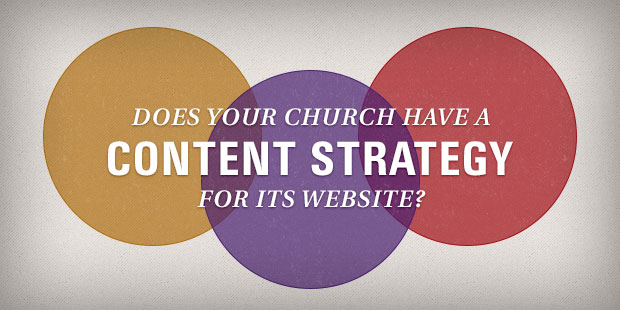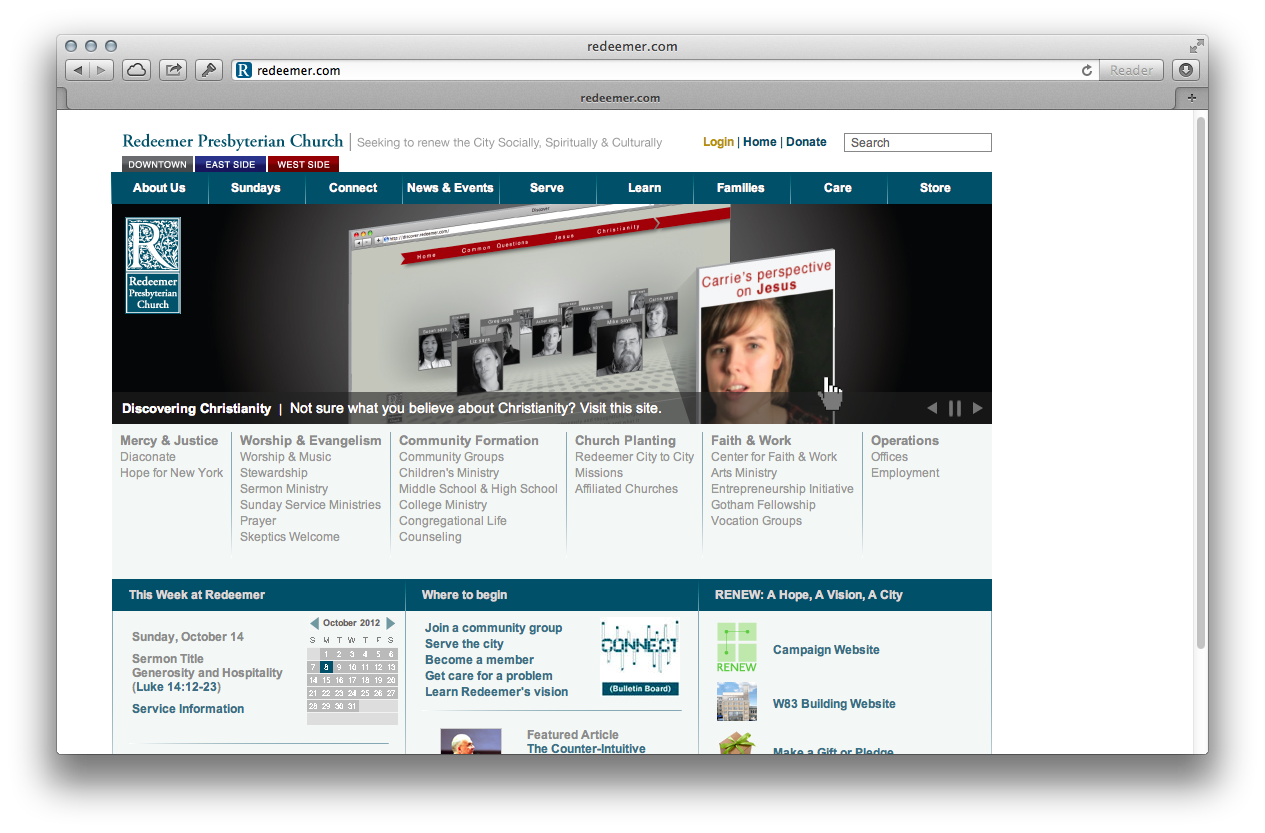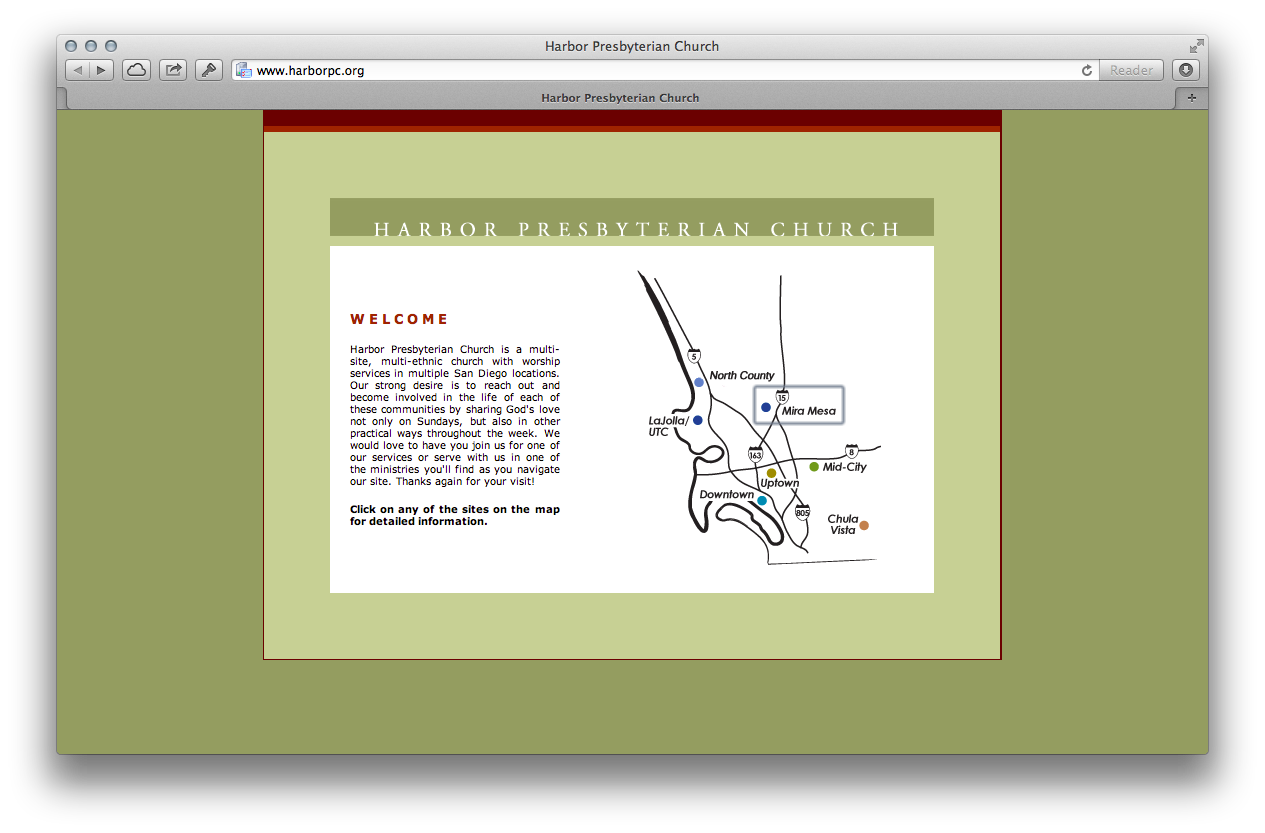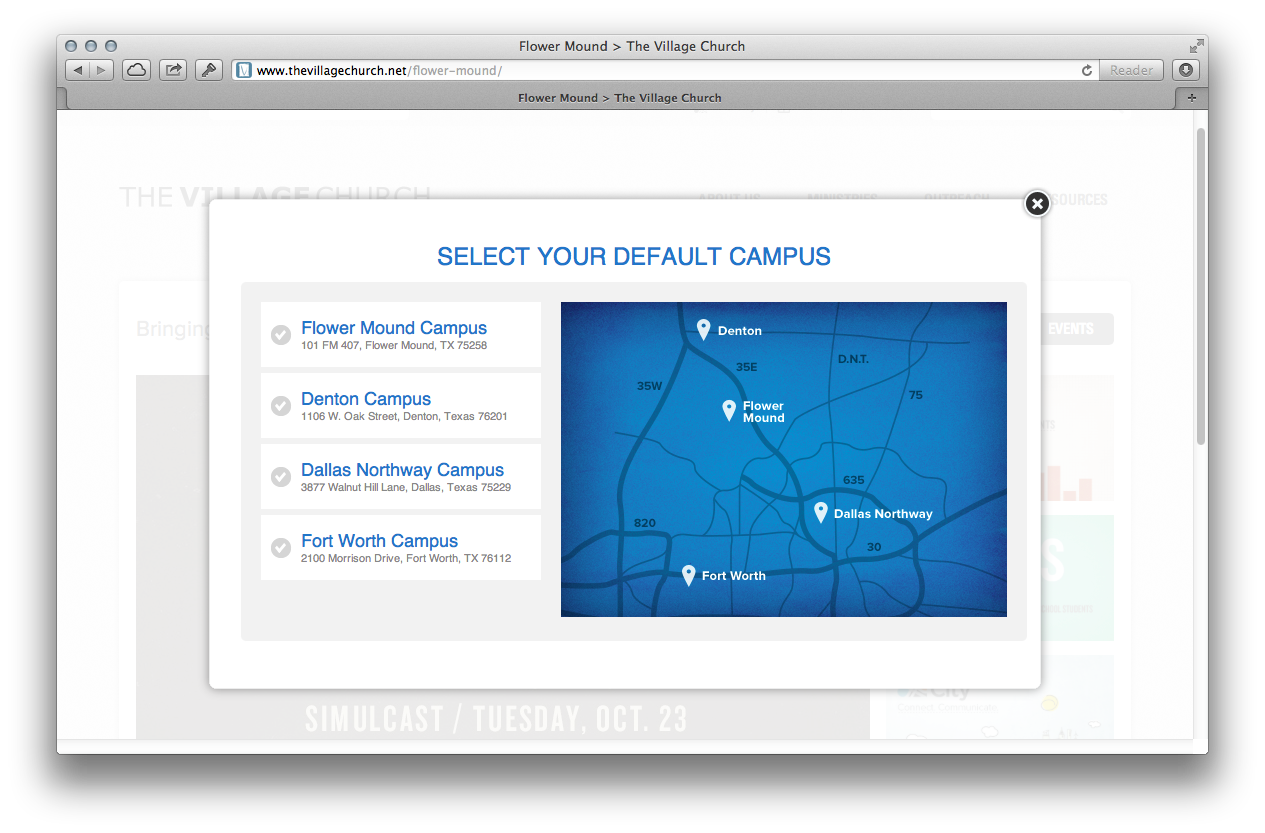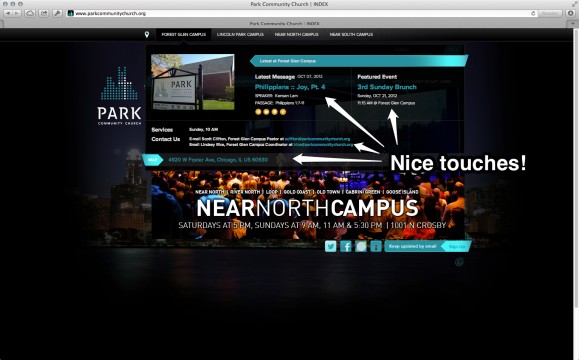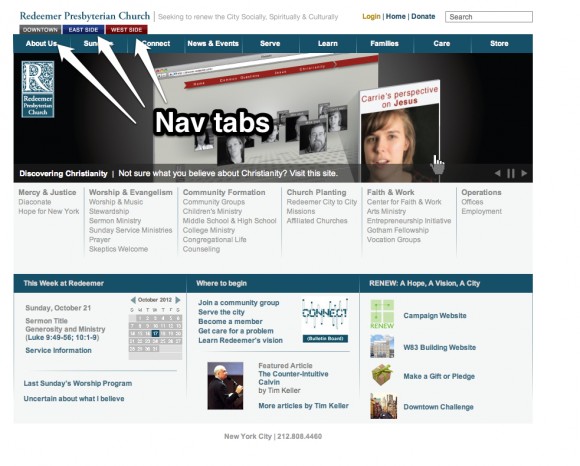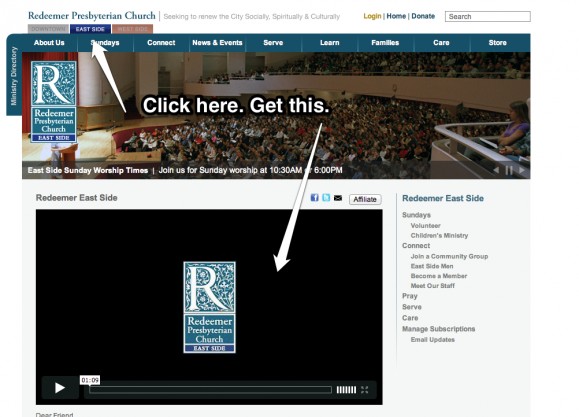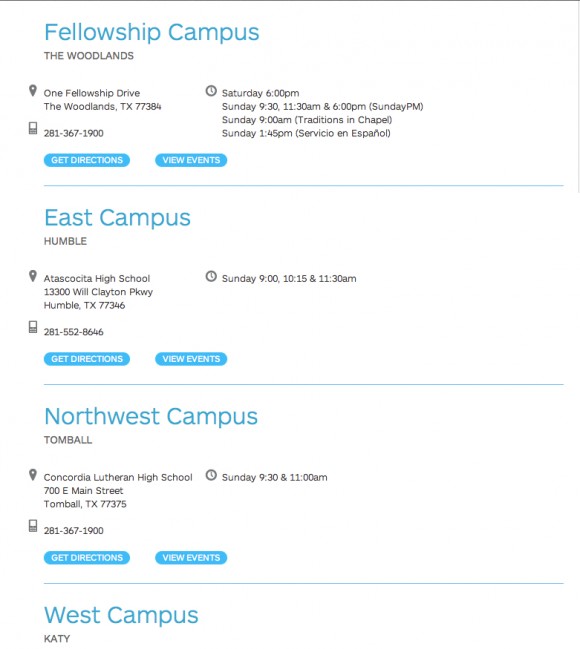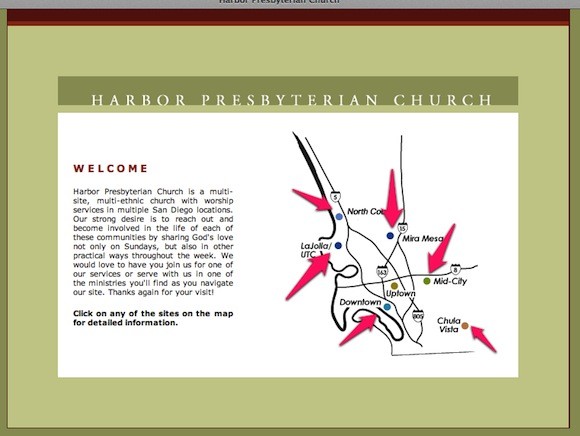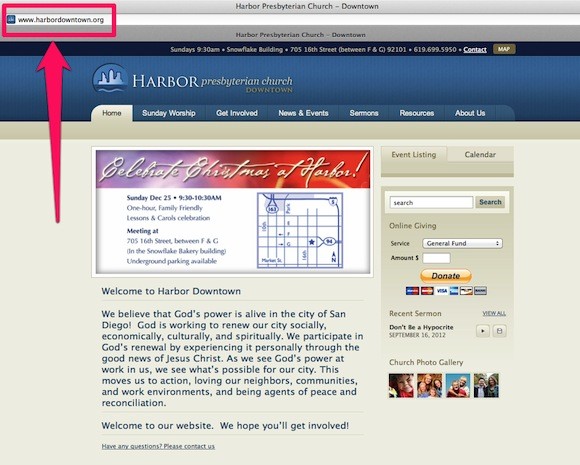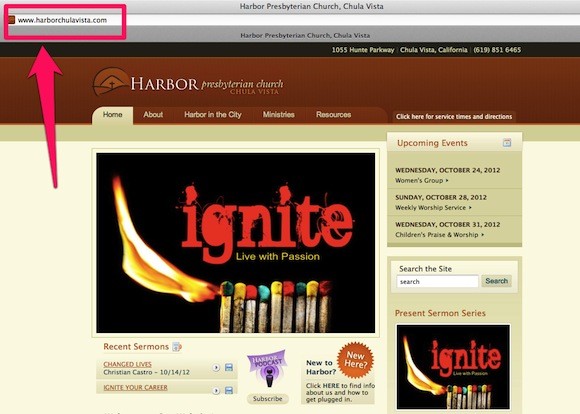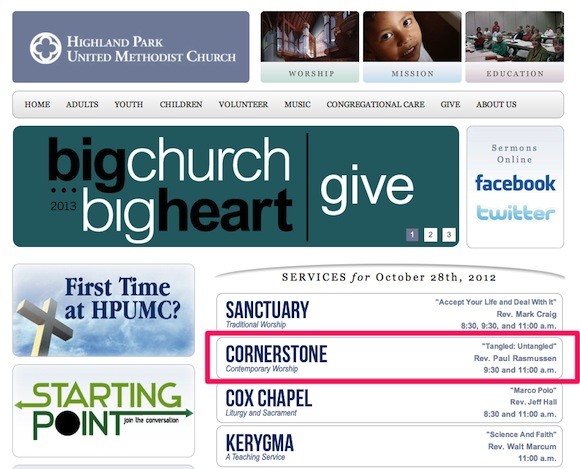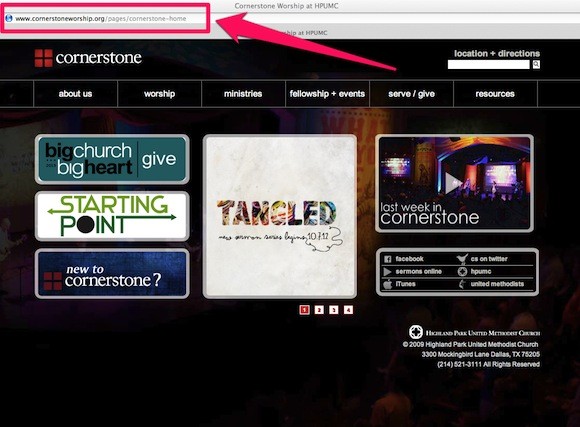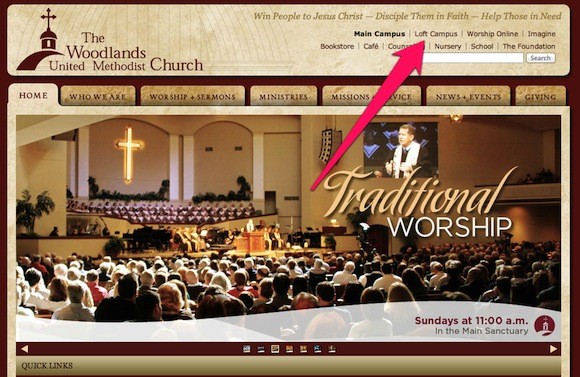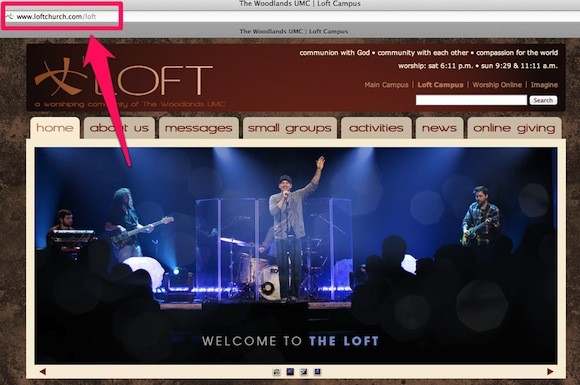
Using Profiles to Build Your Communication Strategy, Part 2
Every church has different personas that make up the congregational body. Each of these personas—New Visitor, Return Visitor, Engaged Member, and Mature Disciple—all need different things from portions of the church website.
We started profiling these personas in a previous post, so today we want to finish out the group with Engaged Member and Mature Disciple.
Again, we’ll be revealing what our research shows as the most important sections for each of these two groups. Understanding the needs of each group is a critical path for creating an effective church website.
Engaged Member
An engaged member is someone who’s been at the church for over two years but no more than ten. They’ll be familiar with the church, the community, programs, and events the church offers. They’ll want to know things like:
Event Registration. How do they sign-up for classes, events, and programs on your website? This group showed the highest demand for an easy-to-use online registration process. Like the other groups, the website is most helpful to them in facilitating connection to the community.
Email Newsletter. Engaged members want their information delivered via email. Make sure there are easily identifiable places on your website to sign-up for e-blasts. (You do have those in place, right?)
Facebook Fan Page. Because engaged members are familiar with the church, they’re looking to connect relationally with other members of the community. More than any other social network, Facebook emerged as a front runner for this specific group. Judging by the data, if you were to poll your Facebook community on how long they’ve been attending your church, most of them will have been there for 2+ years.
Mature Disciple
We’re defining “mature disciples” as community members who have been at the church for 10+ years and self-identify as a Christian. Simply put, these are your “go-to” people; the folks you couldn’t do ministry without!
Here’s what interests mature disciples most on your church’s website:
Text Updates. Although this isn’t a distinct function of a church website, mature disciples were most likely to indicate a strong preference for receiving informational text updates from the church. You can facilitate this connection by offering simple ways for members to sign-up for text updates on your church website. Services like Jarbyco and Tatango are helpful when considering how to do text updates.
Small Groups/Home Groups. Not surprisingly, mature disciples wanted to know where to access information specific to small groups. Although this element of church life is important for all personas, mature disciples seem to be seeking out this information more than any other group.
Email Newsletter. Again, the longer someone attends a church, the more likely they are to opt-in to email updates. Relationships are formed, ministry allegiances are fortified, and people want to know what’s going on in the life of the church. Much like the engaged members, mature disciples proactively seek out information. Make it easy for this group to find email updates.
Conclusion
Community life is at the center of both of these groups interaction with the church website. The more you can facilitate specific connections to the community for these two groups, the more successful your website will be.
Read Part 1 of this series here.
Read more from Justin here.

Tags: Attention, Awareness, Justin Wise, website














